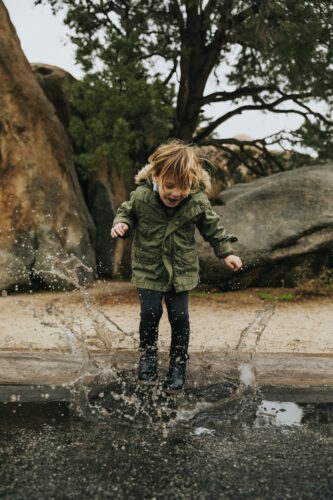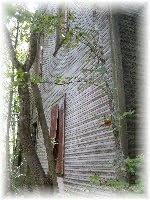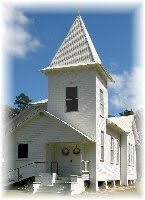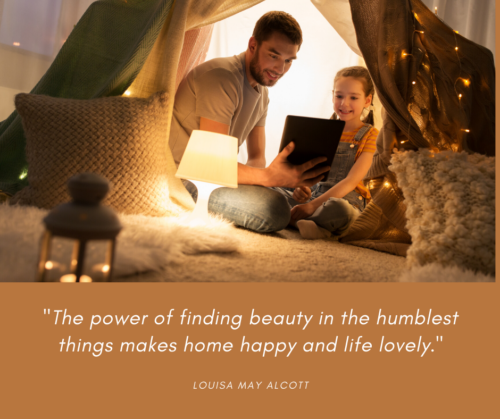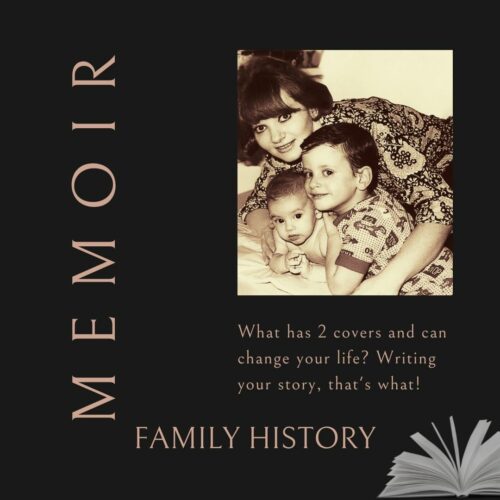
Have you ever considered the profound impact of sharing your story? It’s more than just a recount of events; it’s an exploration of the moments that have shaped you. The act of documenting and sharing your personal history doesn’t just reap benefits for you—it’s a gift that keeps on giving, touching the lives of everyone it reaches.
The Gift of Being Heard
In my journey helping individuals bring their stories to life, I’ve witnessed firsthand the transformative power of being heard. It’s a fundamental human desire, and fulfilling it can change lives. Imagine holding a book, or even a story of a few pages, that encapsulates your life, your memories, and your legacy. This tangible expression of your journey is not only a treasure for you but also a beacon for others, offering insight, inspiration, and connection.
Stories That Stick
Think back to the stories that have lingered in your heart. Perhaps it was a life-altering event or a person who reshaped your world. Maybe it was one of those beautifully ordinary days that glow in our souls for a lifetime. These narratives are not just memories; they’re milestones that have the power to influence and inspire. By sharing these experiences, you not only preserve your history but also impart wisdom and lessons that resonate with others.
Kickstart Your Memoir with a Simple Exercise
Feeling overwhelmed about where to start? Here’s a short and sweet exercise to ignite your memoir journey:
*Reflect for 5 Minutes: Choose a pivotal person or event in your life. Don’t overthink their/its significance.
*Write Your Heart Out: Spend 5 minutes jotting down everything you can remember. Let it flow without judgment. No editing.
*Detailing the Story: Return to your notes after a day or two, and spend 10 minutes adding details and depth.
*The Final Touch: After letting your story simmer in your mind, revisit it to add any final thoughts or recollections.
A Special Offer: Celebrate Your Story
In celebration of my birthday month, I’m offering you a unique opportunity. Send in your mini-memoir from this exercise, and I’ll select two stories to professionally edit and polish, free of charge. Whether it’s for you or a loved one, this is your chance to craft a beautiful snapshot of life that brings joy and connection. These snapshot mini-memoirs make unique and beautiful Christmas gifts.
Embrace the Power of Storytelling
Sharing your story is more than a walk down memory lane; it’s an act of courage and a step toward understanding. It’s about finding the extraordinary in the ordinary and recognizing the milestones that have shaped us. So, why not take the first step today? Your story is waiting to be told, and the world is waiting to hear it.
For more storytelling ideas, take a look at the following options:
*Connect with me on social media @rememberingthetime (FaceBook, Instagram, Pinterest)
*Pick up a copy of my handy guide Tell Your Life Story: 10 Tips and Techniques to Write Your Memoir on Amazon.
*Check out the Etsy shop for memoir and family history prompts, journals, games, and tools at https://rememberingthetime.etsy.com

